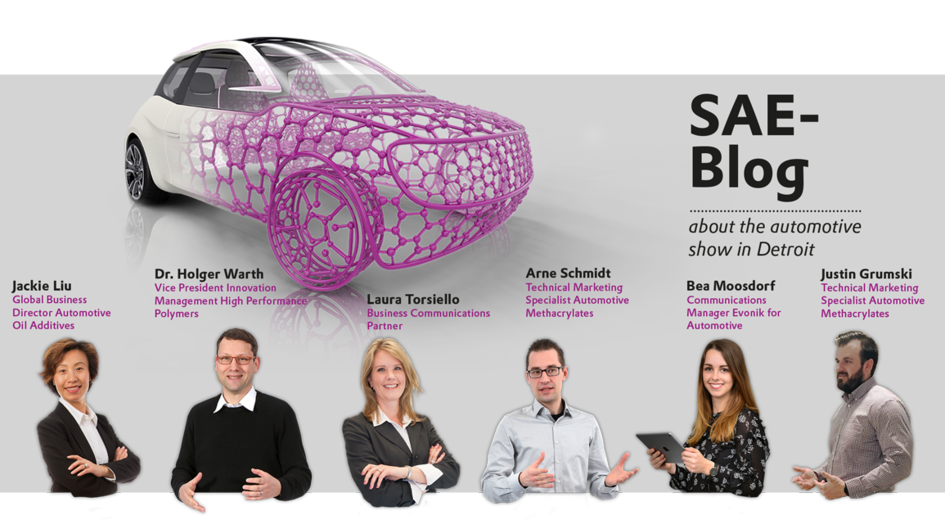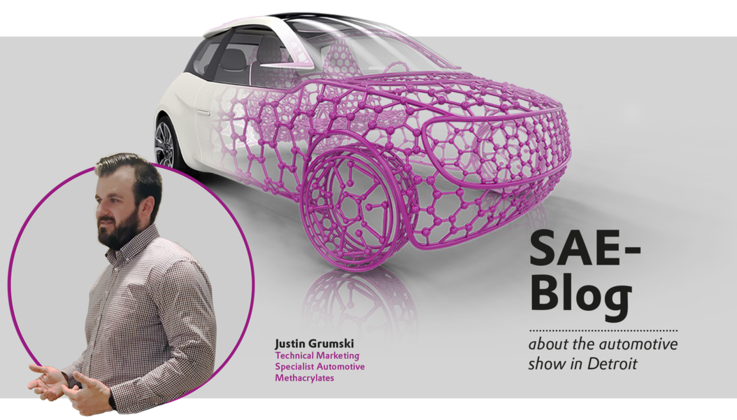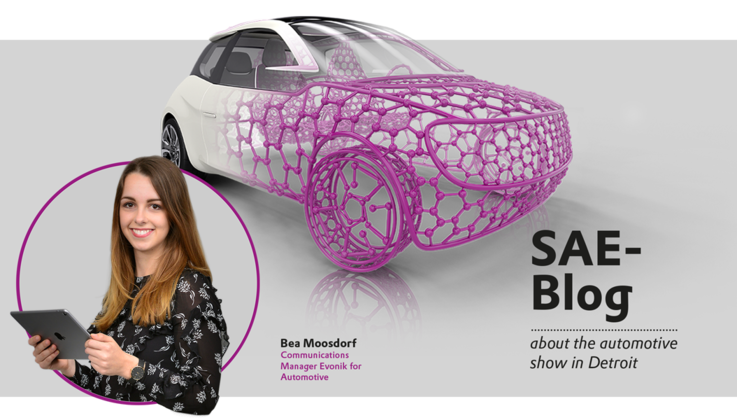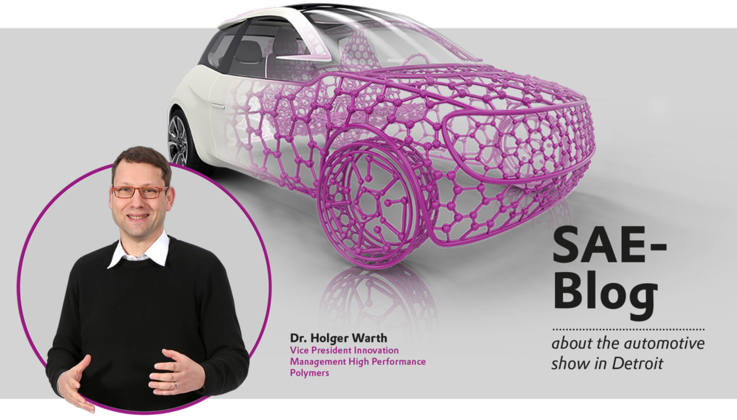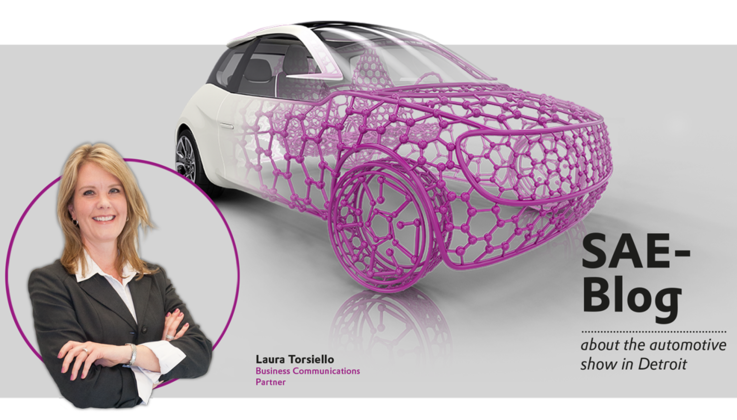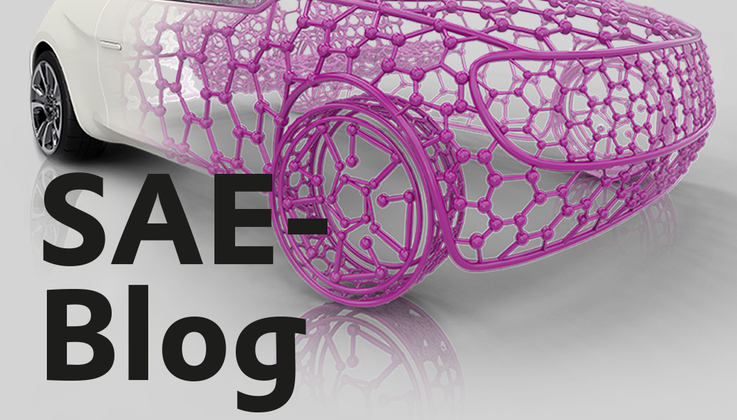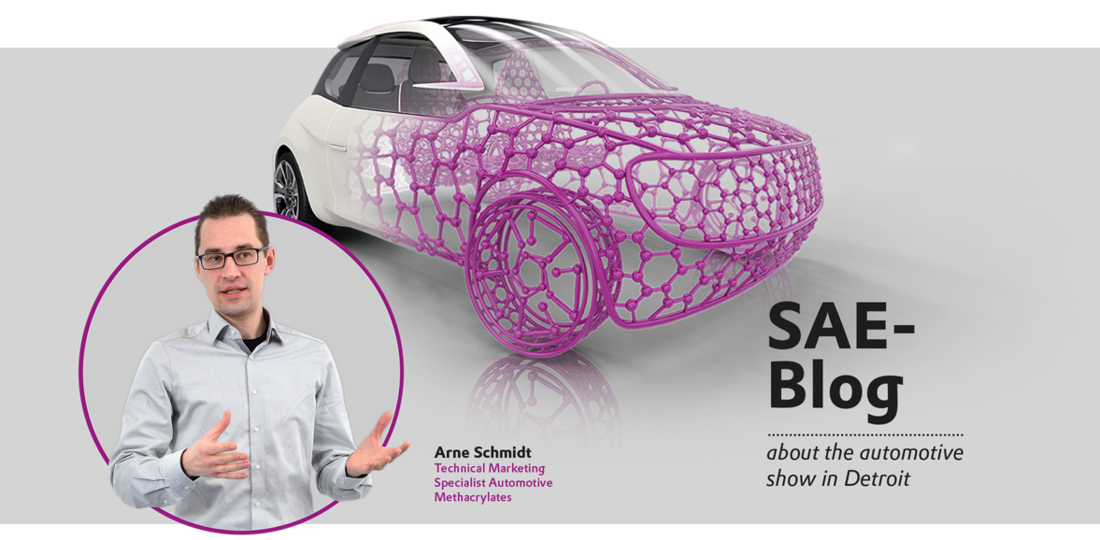
Arne Schmidt
Why a signal lamp doesn’t glow equally brightly everywhere
Arne Schmidt works in technical marketing at Evonik and advises automotive sector customers at the SAE trade show. He is also active on international committees—because even if a product is approved in Europe, it’s far from certain that this approval will be valid elsewhere.
This year for the first time Arne Schmidt is representing Evonik at the SAE, the large automotive tradeshow of the Society of Automotive Engineers in Detroit. He works in technical marketing in the Performance Materials Segment. On behalf of his segment, he will be presenting products such as PLEXIGLAS® and highlighting their advantages at the SAE. For visitors to the stand he will describe the possibilities offered by various products that efficiently use LED as a light source: the astonishingly high light transmission, the potential for defined light diffusion and extraction, and the mechanical stability.
“Technical marketing isn’t just technical but also strategic,” explains Schmidt. “We must always keep an eye on what’s happening in the automotive industry. And we can’t afford to miss out on an opportunity.”
At the SAE, therefore, he not only presents products but also consults with customers to arrive at the right product portfolio. Together with car makers like Ford and Chrysler, he discusses at the SAE the new technologies and developments in the sector. From these discussions he can deduce which products to focus on in the future. “Balancing the portfolio in such a way that prices are competitive and products innovative is an art,” says Schmidt.
And there’s yet another challenge: “With our products we have to meet a number of regulations that are unfortunately not uniform worldwide,” says Schmidt. For example, diffusing plastics for signal lamps are approved under certain conditions in Europe but not in the US. Evonik therefore often has to offer two product solutions simultaneously. Schmidt is active on committees such as the German Association of the Automotive Industry. Together with car makers and their suppliers, such bodies lobby legislators to enforce global standards. “It would be great if we eventually succeeded in standardizing the regulations,” he says. That would eliminate the need for uneconomical duplication of development. And a single automotive lighting solution could be used uniformly worldwide.
